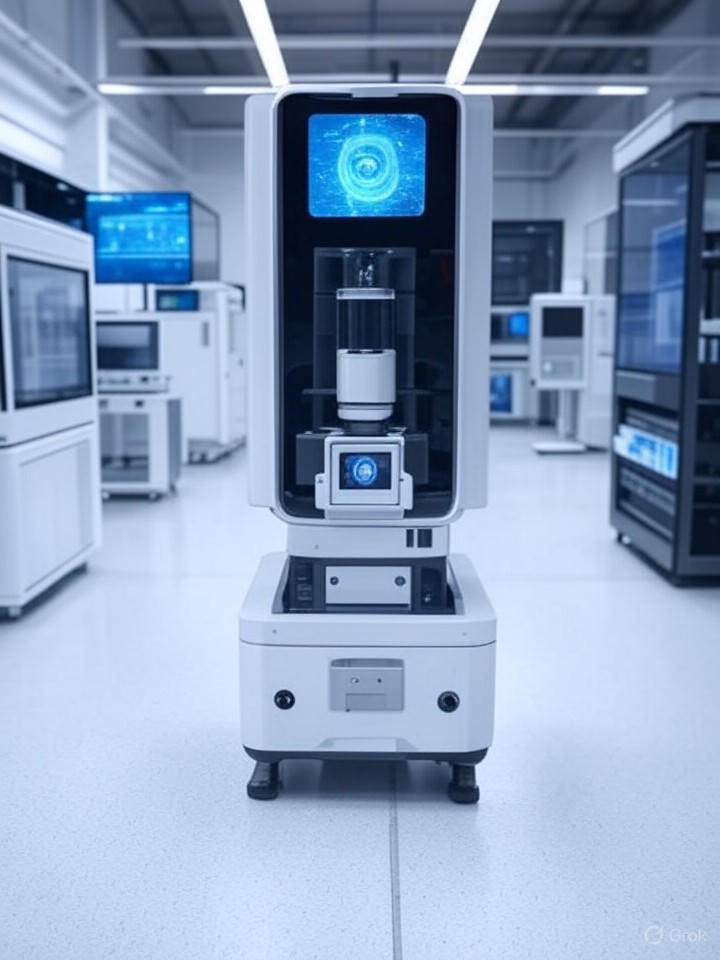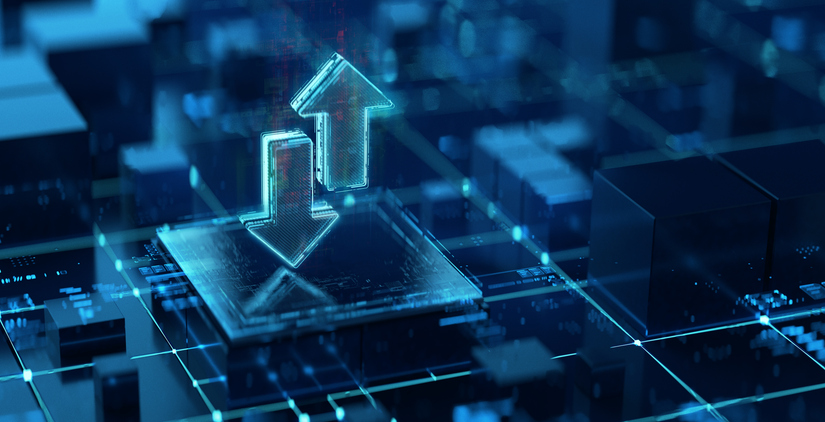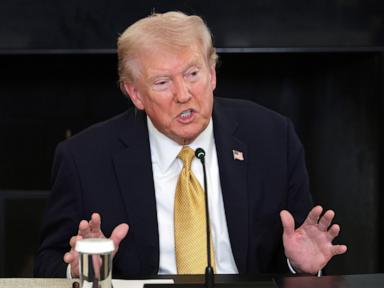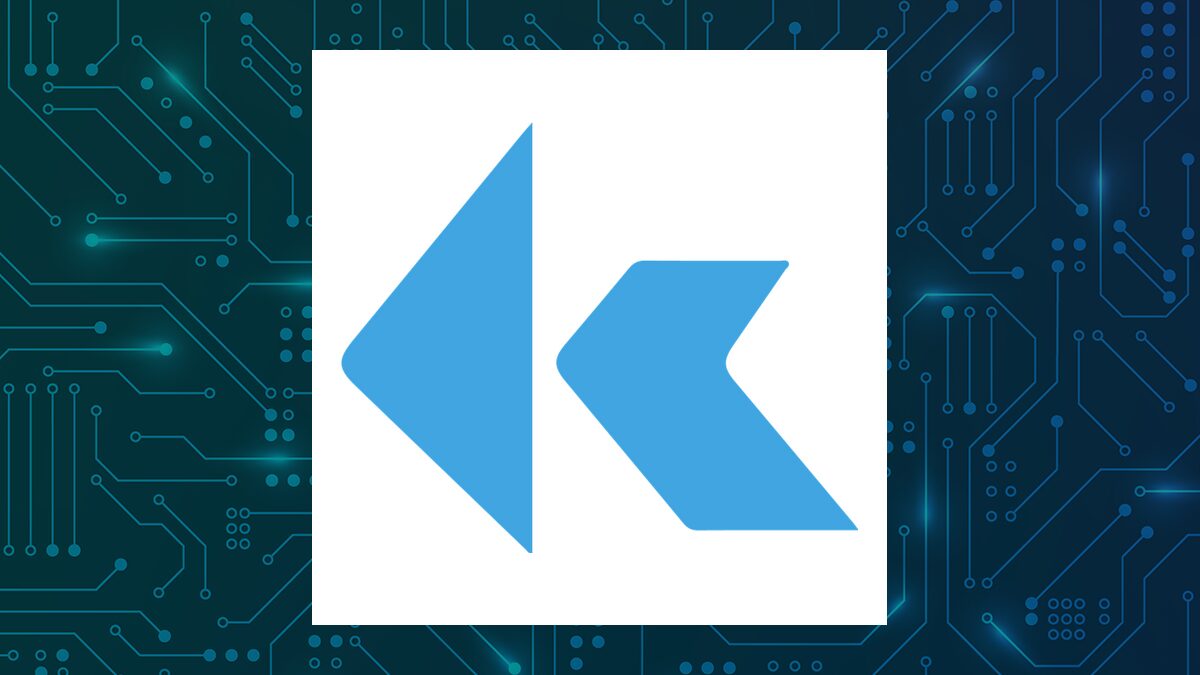Microsoft CEO Satya Nadella recently articulated a forward-thinking vision for the future of artificial intelligence (AI) through a series of posts on X. He advocates for a collaborative approach that prioritizes empowerment over mere profit extraction, drawing on Bill Gates’ definition of a platform as one where the economic value for users exceeds that of the creator. This philosophy underscores Microsoft’s strategy as the company deepens its partnerships with AI innovators while navigating an era marked by rapid advancements and significant investments.
Shifting Perspectives on AI Value Creation
Nadella’s comments come at a pivotal time for Microsoft, which has invested heavily in AI technologies. Recently, reports noted a $3.1 billion decline in Microsoft’s stake in OpenAI, which Nadella referred to as “historic,” highlighting a shift from a zero-sum competitive environment towards one of collaborative growth. He specifically pointed to the partnership with OpenAI as a successful model for creating mutual benefits, emphasizing that true platforms generate exponential value for all participants.
At the heart of Nadella’s vision is the concept of “positive-sum platforms.” He quoted Gates in stating, “A platform is when the economic value of everybody that uses it exceeds the value of the company that creates it.” This principle is evident in Microsoft’s recent launch of the world’s first AI superfactory, co-developed with OpenAI and informed by collaborations with Nvidia and AMD. This facility aims to democratize AI access by providing essential infrastructure for startups and enterprises focused on training and inference.
Building a Robust AI Ecosystem
The partnership with OpenAI has been instrumental in scaling AI capabilities, enabling Microsoft to integrate advanced technologies into its ecosystem, including the Azure cloud platform. Nadella acknowledged the initial skepticism surrounding this investment, particularly from Gates, who cautioned it could lead to substantial losses. Yet, as highlighted by Windows Central, this early bet has proven transformative, allowing for the incorporation of OpenAI’s custom AI chip designs into Microsoft’s semiconductor offerings through 2030, as reported by India Today.
Nadella further elaborated on the collaborative efforts with Nvidia, which have optimized both model architecture and chip micro-architecture. He shared updates about ongoing innovations, including the General Availability of the NVIDIA GB200 on Azure, which is designed to push the boundaries of agentic AI. This collaboration with AMD also enhances Microsoft’s software stack, broadening AI deployment capabilities.
AI’s influence extends beyond infrastructure; it is transforming the coding landscape. Nadella noted that tools like GitHub Copilot have gained unprecedented interest, indicating a shift in how software development is perceived. He remarked, “I don’t ever recall any analyst ever asking me about how much revenue Visual Studio makes! But now everyone is excited about AI coding tools.” Microsoft’s platforms enable developers to create innovative solutions, fostering competition while driving growth.
The societal and economic implications of AI are substantial. Nadella envisions a future where pharmaceutical companies expedite therapies, manufacturers optimize supply chains, educators personalize learning, and farmers mitigate crop failures, all contributing to economic growth and social benefits. He cautioned against repeating the mistakes of the past, such as the detrimental effects of the internet on local media, advocating for broad distribution of choice and control in tech deployment.
Despite the optimism surrounding AI, Nadella remains cautious about hype. He engaged in a Reddit discussion where he urged a move away from winner-take-all mentalities, addressing concerns about the so-called “AGI Winner’s Curse.” He emphasized the necessity for platforms to capture value rather than merely frontier models, reinforcing his commitment to empowering businesses to build AI-native capabilities.
Nadella’s vision for Microsoft’s future includes significant infrastructure investments. His focus on the AI superfactory illustrates the importance of optimizing partnerships, particularly with Nvidia, to support complex AI workloads. He aligns with OpenAI CEO Sam Altman on the potential for $100 billion in revenue projections, recognizing the critical role of investments in realizing these ambitions.
As Nadella continues to navigate the complexities of AI, he emphasizes the importance of equipping both individuals and economies for the AI era. His commitment to fostering partnerships that yield mutual benefits positions Microsoft as a leader in the industry, focused on disciplined innovation even amidst fluctuating market conditions.
Ultimately, Nadella urges businesses to take charge of their futures and avoid extractive partnerships, stating, “Every firm needs to make sure they have control of their own destiny and sovereignty.” This ethos aims to redefine industries and promote a positive-sum future, where technology enhances societal welfare and fosters economic resilience.







